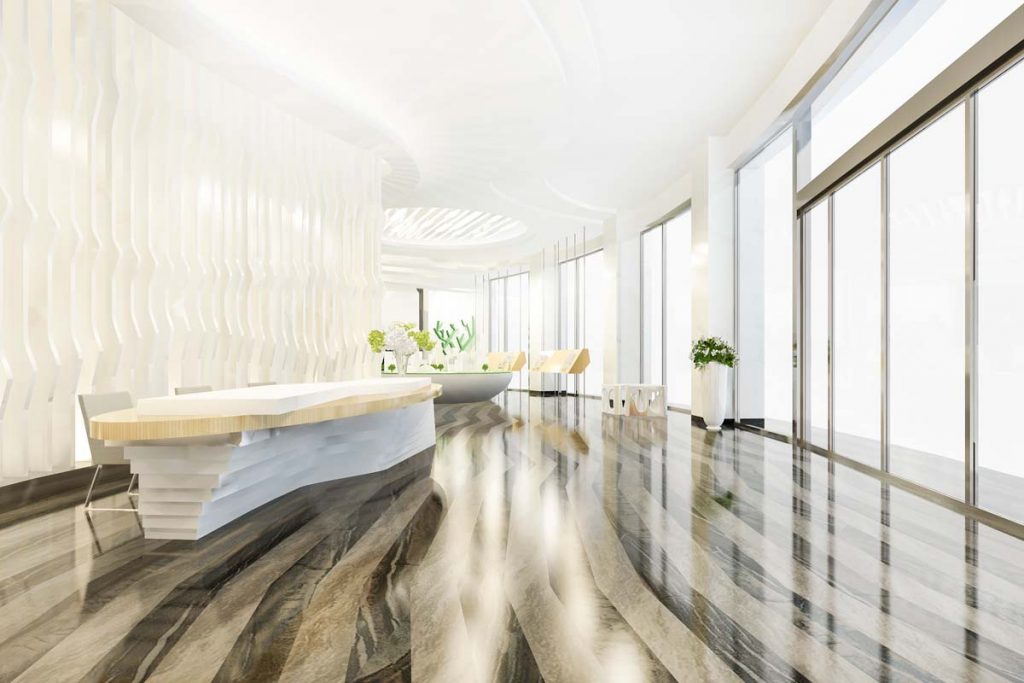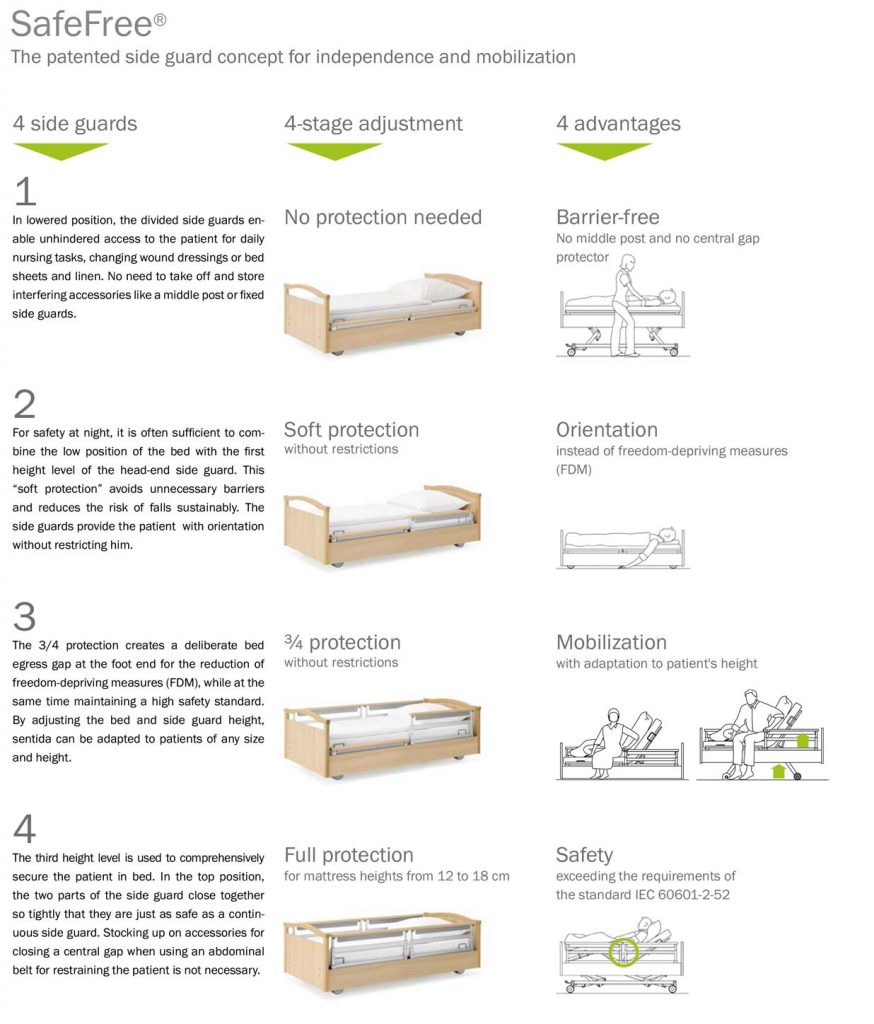How can #hospotel improve patient outcomes?

With the development of the concept of medicine in the world, researchers and stakeholders have tested the importance of a high-end hospital stay and its role in helping the patient recover or even accept a long hospital stay without experiencing negative complications.
Modern luxury hospitals, or what is known as “Hospotels”, have been considered a sophisticated alternative to hospital stays, given their advantage of improving patient outcomes and recovery period and the ability to provide the appropriate atmosphere and services for that. The future of this type of healthcare looks promising, as healthcare competencies are gained through advanced technologies and a renewed focus on the patient, as well as medical operations. These hybrid facilities combine constant access to premium medical care with on-demand amenities of luxury hotels.
The hospitalization cost is not an obstacle for those seeking both treatment and well-being, because it is studied according to the ability and request of each patient and what is provided to him. The flow of data stimulates the rethinking of how healthcare is delivered to maximize patient benefit across all income levels. In an unprecedented development where the rich rather than the poor are the targets of this advanced hospitalization approach, hospotels provide the ideal testing ground for new healthcare models, technologies and medical procedures.
Models from the world
These hospotels began to spread, especially in elite countries. They also started occupying a large part of the medical sector around the world. The Scandinavian countries have significantly led the way to this new concept in the hospital sector. Lund University Hospital in Sweden opened a hospotel in 1988 as a way to free up more hospital beds for patients arriving for treatment. According to a specialized report, the Swedish hospital is considered the first large-scale integrated hospotel. In 2015, a specialized care hospital was opened in Denmark. It includes long-term care patients, and medical tourism patients who are looking for high-quality care and treatments not available in their home countries. It is worth noting that hospotel accommodations in some countries can be booked by anyone: the patient, a patient’s relative, a business traveler, or a tourist.
These hospotels are a medical facility but with a different concept of luxury and care. Design considerations impose themselves, from luxurious accommodation, distinguished service and complete comfort. Surfaces, for example, should be easy to clean and sterilize. The bathroom design should take into account the functional work rather than the architectural type features. Also, communications between guests and employees need to be ubiquitous, as well as easy and quick access to the staff room is essential in case of an emergency. The accommodations are more like the characteristics of a traditional hotel. They usually feature a restaurant inside the building, lounges, free Wi-Fi and more.
Gatehouse Capital, for instance, is an example of an American company that owns and invests in hospotels, which is known as a medical hospitality company. In 2017, Gatehouse opened Home2 Suites in collaboration with the Hilton Hotel on Dallas campus at Baylor University Medical Center. It is well known that medical hospitality in the United States is more than just a term for hospotels. US hospitals tend to integrate amenities and hospitality to earn higher patient satisfaction scores.
This focus on hospotels comes after noticing the high demand for them. “We found that patients demand significantly more amenities along with the quality of care,” says Dr. John Rumley, Professor and Researcher at the Leonard D. Schaeffer for Health Policy and Economics at the University of California. This means that hospitals can improve their reputation by focusing more on hospitality.”
#Hospotel Care
While some see hospotels as a theoretical or superficial matter, however, they have proven to be efficient and successful in providing better service to patients. Healthcare-associated infections are on the rise and are often resistant to antibiotics, making them difficult to treat. Hence, the hospotel can prevent these gaps, given the high care that is available throughout. According to a report from the Office of Disease Prevention and Health Promotion in the United States, about one in 25 patients have an infection related to hospital care. These infections cost tens of thousands of lives and cost the healthcare system billions of dollars each year.
These adverse events in hospital settings are universally common. A recent report from the World Health Organization (WHO) on patient safety estimates that up to one in 10 patients are harmed while receiving hospital care, even in high-income countries. Approximately 50 percent of these accidents are preventable. In low- and middle-income countries, the adverse event rate in hospitals is 8 percent, of which 83 percent are considered preventable, and 30 percent are potentially fatal.
Hospital-acquired infections and procedural complications are the cause of most deaths, according to the WHO report. The organization adds, “There is increasing concern that the stressful hospital environment may lead to post-hospitalization syndrome – a pathophysiologic syndrome of weakness and increased stress that may leave patients vulnerable to clinical adverse events.” From here comes the importance of hospotel services, given their contribution to protecting the patient from catching viruses on the one hand and avoiding psychological and non-psychological complications of staying in a regular hospital on the other hand.
Considering such problems, the emergence of an alternative to stressful hospital environments aimed at improving patient outcomes is inevitable. Moreover, the common negative conditions of hospitals are not sustainable in saving money and securing profit.
Hospitals may at some point follow a well-established path to increasing revenue and decreasing risk: focusing on core competencies and outsourcing other jobs, as well as increasing adoption rates for machine learning, robotics, and automation. Even the budgets of entire countries suffer from problems associated with negative events in the hospital. For example, in Canada, at least $1 out of every $7 was spent “addressing the effects of patient harm in hospital care.” Hence, hospotels seem to be more capable of affording the latest medical technologies in the market.
Better service at a lower cost?
After the success and expansion of this sector, and due to its need for specific expertise in the field of healthcare hospitality, schools and institutes started teaching this type of competence. Two theories also emerged regarding whether it is better to develop and provide hotel service in hospitals through partnership with hotels that build hospotels on their campuses, or by increasing hospital services with hotel amenities across the hotel.
In the first scenario, the hospital prepares patient services and provide them to another business entity, which can be wholly or partly owned by the hospital. This approach allows the primary hospital entity to focus precisely on acute, emergency and surgical care while receiving new flows of cases from the other entity. In the second scenario, the hospital can quickly raise patient satisfaction and thus speed up insurance reimbursements to improve cash flow. However, focusing on comfort around the quality of care can eventually arrange other repayments, with consequences such as hospital-acquired infections and high pain rates.
But in both cases, the availability of hospotel services and advanced medical technologies have positive implications for long-term medical developments. Experience has proven that, in addition to the patient receiving better services, the bill considered high for this type of hospitalization is in the end less than the normal hospital bill, because this method of hospitalization does not include many follow-ups and there are no side complications that in turn require a cost if added to the normal hospitalization cost.
Also, the strategic use of a range of techniques can improve patient outcomes and provide relief. There are mobile applications, for example, that provide healthcare by following up on X-rays and other medical images, in addition to many laboratory results directly on the mobile phone. Digitizing this information also provides faster patient care results and reduced waiting times. These apps can even suggest diagnosis and treatment.
Patient applications can also facilitate telemedicine sessions, resulting in reduced costs and waiting times, as well as patient comfort and medical hospitality concepts. Medical hospitality can also bring advanced technologies to a wider range of patients.






















